Why Interest Rates Stayed Put This Summer: The Fed's Cautious Game Plan
As we head into August, many of us are scratching our heads over interest rates. After months of speculation that the Federal Reserve would continue cutting rates through the summer, we instead saw them pump the brakes and maintain their “wait and see” approach. If you’ve been wondering why your mortgage rate didn’t drop as expected or why that business loan still carries a hefty price tag, you’re not alone.
The Fed’s decision to pause rate cuts wasn’t made in a vacuum—several significant factors converged to create what monetary policymakers saw as an environment requiring extra caution.
The Tariff Wild Card
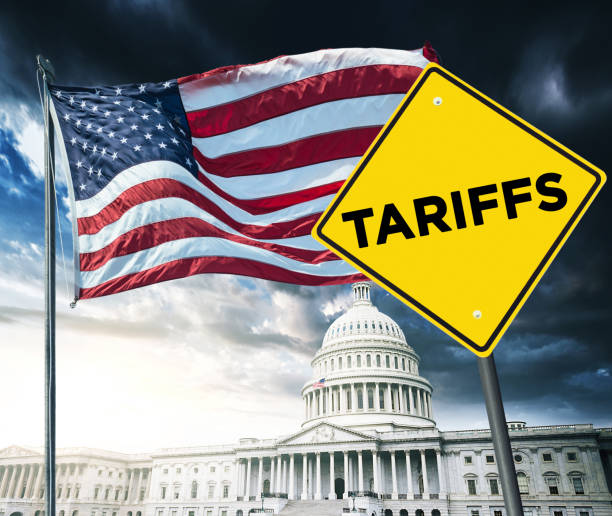
Perhaps the biggest uncertainty hanging over the Fed’s summer decisions was the economic impact of President Trump’s tariff policies. Tariffs have a complex relationship with inflation and economic growth, and their effects can ripple through the economy in unpredictable ways. The Fed clearly wanted to see how these trade policies would play out before making moves that could either amplify or counteract their effects.
Think of it this way: if you’re driving in fog, you slow down until you can see the road clearly. The Fed applied similar logic, recognizing that cutting rates while tariff impacts remained unclear could potentially fuel unwanted economic volatility.
Inflation’s Stubborn Streak
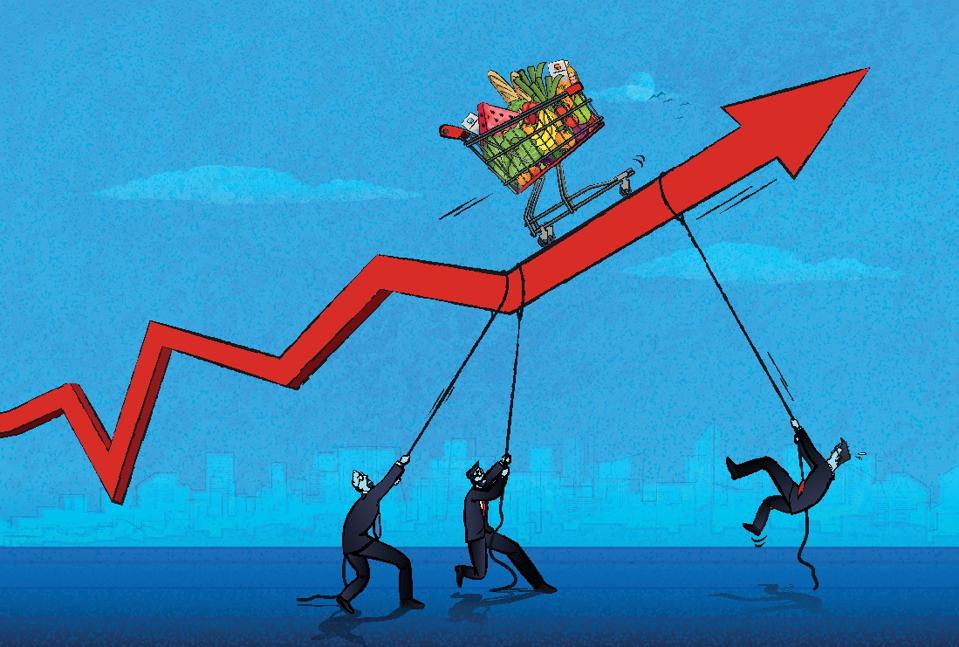
While inflation showed encouraging signs of cooling from its earlier peaks, it remained stubbornly above the Fed’s 2% annual target. This persistence kept policymakers on edge, particularly given concerns that new tariffs could reignite price pressures across various sectors.
The Fed learned hard lessons from the inflation surge of 2021-2022, when many initially dismissed rising prices as “transitory.” This time around, they’re taking no chances. Better to err on the side of caution than risk another inflationary spiral that could require even more aggressive monetary tightening down the road.
A Labor Market That Won’t Quit
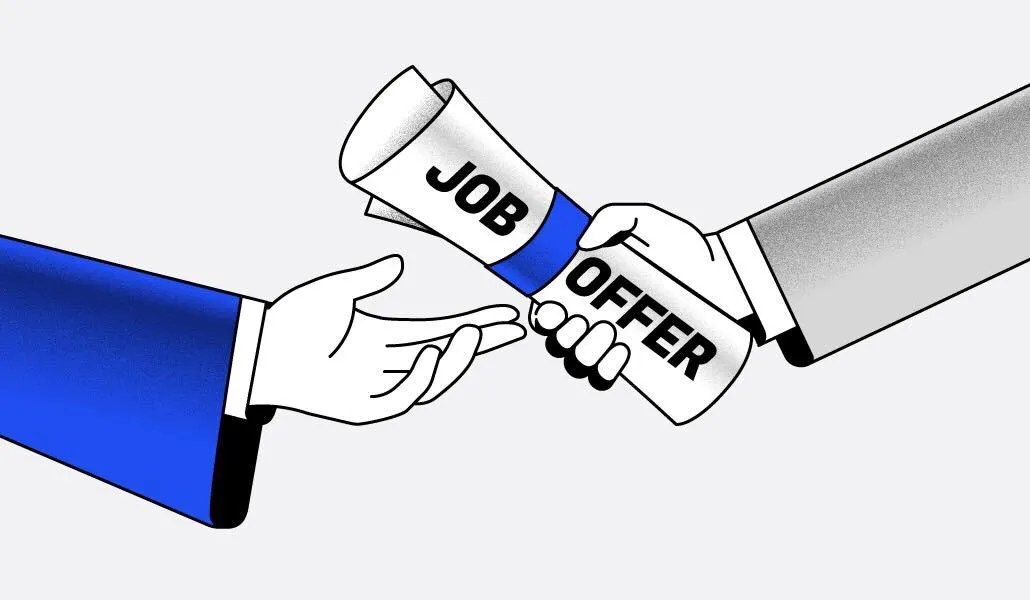
Despite economic uncertainties, the job market continued showing remarkable resilience throughout the summer. Employers kept hiring at a steady clip, and unemployment remained near historic lows. While this sounds like unqualified good news, it actually complicated the Fed’s decision-making process.
A strong labor market typically puts upward pressure on wages, which can contribute to inflation. With employment holding up well, the Fed saw less urgency to stimulate the economy through lower interest rates. Why fix what isn’t broken?
The Long Shadow of Previous Rate Hikes
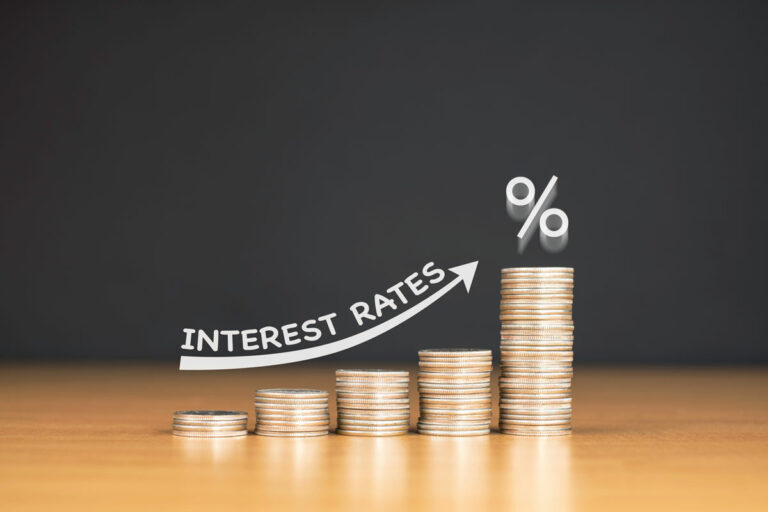
The Fed’s aggressive rate-hiking campaign from early 2022 through mid-2023 represented one of the most dramatic monetary policy shifts in decades. But here’s the thing about interest rate changes—they work with a significant time delay, often taking 12 to 18 months to fully impact the economy.
The Fed found itself in the position of a chef who has already added salt to the soup but is still waiting to taste the full effect. They needed time to assess whether their previous rate increases had done enough heavy lifting before adding more stimulus to the mix.
A House Divided
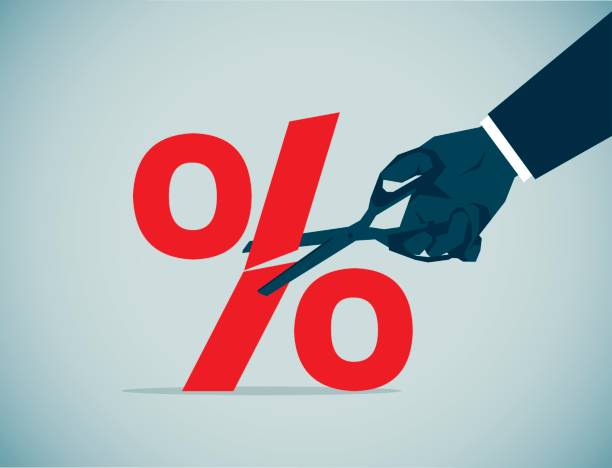
The economic community itself couldn’t agree on the best path forward. While some economists pushed for immediate rate cuts to support economic growth and prevent any potential slowdown, others advocated for patience, arguing that premature cuts could undermine the progress made against inflation.
This lack of consensus among experts likely reinforced the Fed’s inclination toward caution. When the road map is unclear, sometimes the wisest course is to proceed slowly.
Looking Ahead
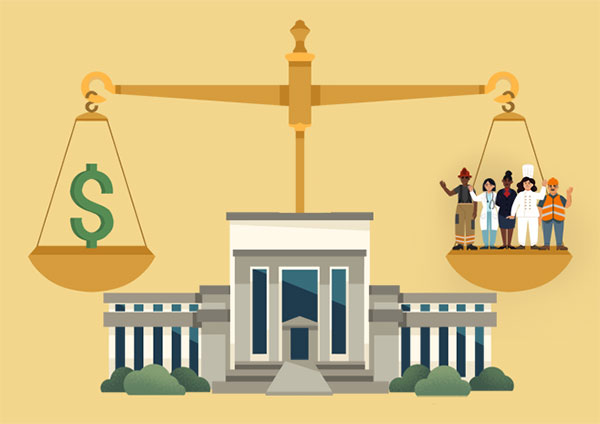
The Fed’s summer pause reflects their commitment to their dual mandate: maintaining price stability and full employment. Rather than rushing to provide economic stimulus, they chose to carefully monitor how various economic forces—from trade policy to labor markets—would interact.
For consumers and businesses, this means interest rates will likely remain elevated a bit longer than many hoped. However, this cautious approach may ultimately prove wise if it helps ensure that when rates do come down, they can stay down without triggering another bout of problematic inflation.
As we move through the rest of 2025, keep an eye on inflation data, employment figures, and any developments on the trade policy front. These will be the key indicators that determine whether the Fed’s patient approach pays off or whether they’ll need to adjust course in the months ahead.
The Federal Reserve’s decisions affect everything from your mortgage payments to business expansion plans. Stay informed about monetary policy developments that could impact your financial strategy.
Thank you for Reading!

Cary Blumenfeld
ASSOCIATE BROKER
678-983-7987 • cary@ourmethod.com